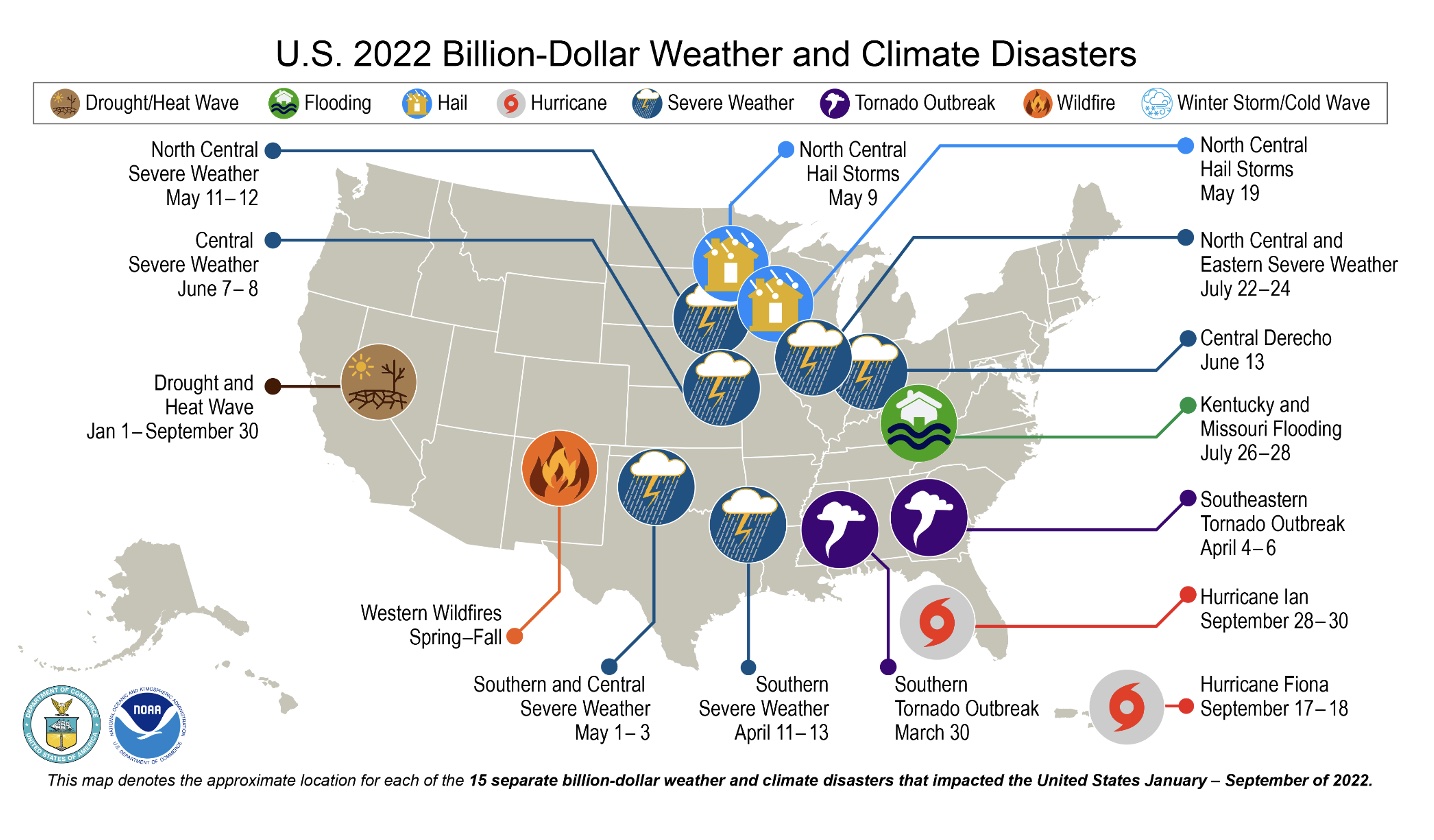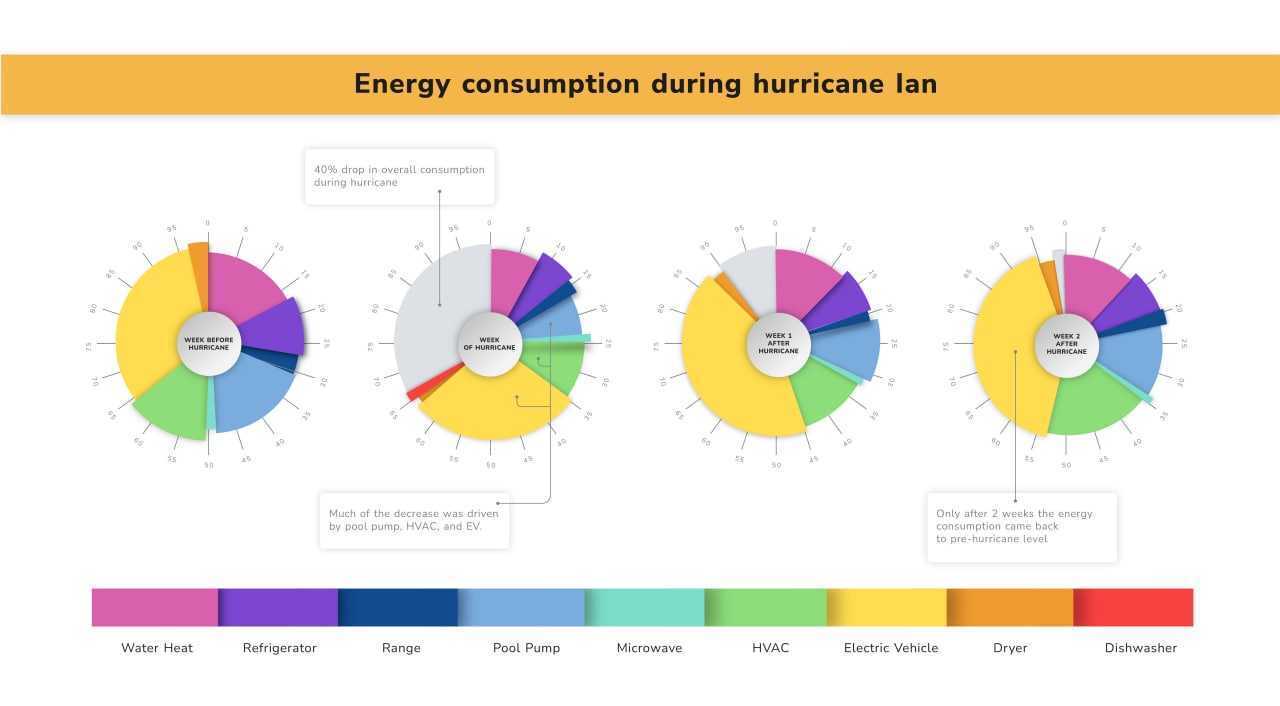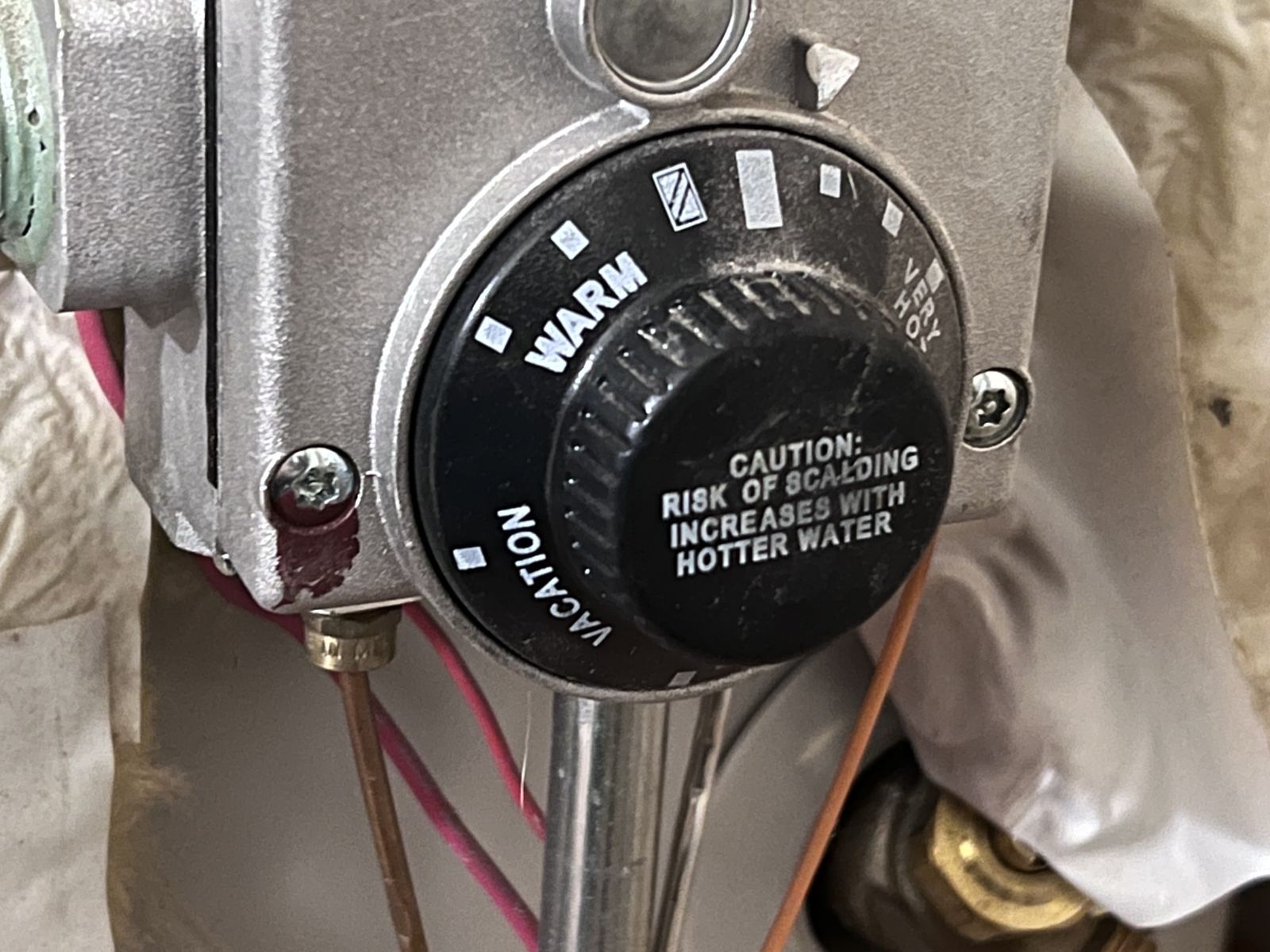Under Pressure: A homeowner’s guide to easing stress on the grid and their wallets
Spurred by rapid industrialization after a great world war, the U.S. electrical grid is regarded as one of the great engineering feats of our time. Its inception involved the development and interconnection of countless miles of transmission lines, power plants, and transformers. This all happened back in the 1920s. A century later, our grid’s stability is compromised due to much-needed upgrades, adoption of new forms of energy generation and storage, and the impacts of severe weather driven by a changing climate.
Weather alert
As the planet warms, severe heat waves occur more often, which increases water evaporation that can lead to devastating droughts. All of that additional moisture in the atmosphere can also make storms more severe. Climate and weather-related disasters have increased five-fold over the past 50 years. A look back at some of the events of 2022 provides plenty of examples.

In addition to leaving thousands of people living without power and not knowing when the lights will turn back on, these natural disasters are incredibly expensive. Extreme weather cost U.S. taxpayers $145 billion in 2021, and that number is expected to grow yearly.
To add insult to injury, we’re only putting more pressure on our strained grid. Extreme heatwaves and freezes drive up demand for air conditioning and heat. Also, while our transition to electric vehicles will help cut carbon emissions, it will require much more electricity. Our grid is not strong enough to reliably supply all the necessary additional power, and grid operators are failing to plan accordingly.
With no end in sight, Americans face more outages and higher electricity bills. However, changing electrical infrastructure provides opportunities for homeowners to mitigate these challenges by gaining control over their energy use.

A proactive approach
Traditionally, homeowners could rely on the grid for affordable, resilient power from their local utility, at a fairly flat and affordable rate. That is changing. The power industry often uses the term “behind the meter” to indicate the point at which the grid ends at your home’s electric meter. Your utility uses this meter to measure how much power you consume per billing cycle. However, with the advent of things like residential solar, energy storage systems, and “smart” appliances connected to the internet (such as refrigerators or thermostats), the grid now extends well into your home. You are not only pulling electricity from, but also pushing electricity onto the grid; this makes you an active player. It also provides opportunities for you to understand and control your energy production and use, which ensures greater power reliability and lower costs — all while helping to strengthen and decarbonize our nation’s grid.
Step one: Define your needs and wants
Rather than going out and buying a home solar system right off the bat, it’s important to first think about your needs. Are you looking for power reliability, lower energy bills, or both? Are you seeking to decrease your carbon footprint? Are you in a geographic region where natural disasters or outages are common? Is electricity expensive in your city? It’s also worth considering what appliances you want to keep powered — and for how long — should a grid outage occur.
Step two: Assess your local landscape
Next, do some research to learn more about your local utility and how it operates. For example, what are its rules for installing a grid-connected solar array or battery storage? What programs and incentives are available? Does your utility offer smart meters to understand and control your energy use?
 Here are a few terms to keep in mind:
Here are a few terms to keep in mind:
- Net metering: Some utilities allow you to sell your extra solar energy back to them for a credit on your meter, so you’re only charged for your “net” energy use. This can reduce your electric bill, while the additional power helps utilities service other customers.
- Time-of-Use rates: Electricity costs more when demand is high. Some utilities provide rate information for different times (time-of-use rates), allowing you to shift your energy use to periods of lower demand. This can help you save money while enabling grid operators to balance supply and demand better.
- Demand response: In some parts of the country, where the grid is most constrained during peak hours, utilities and grid operators are willing to pay homeowners to reduce their energy consumption for a limited period of time. Signing up for a demand response program (with your flexible energy management system or “smart” appliances) may help you save money. In addition, your solar and energy storage can be aggregated into a “virtual power plant” or VPP. In this case, your battery may be called on to discharge into the grid during peak hours; you can make extra money from this service.
- Federal tax credits: Incentives (i.e., tax credits) are available for homeowners who install alternative energy equipment or make other energy efficiency upgrades, including water heaters or windows. Many states offer additional incentives for even more savings.
Step three: Determine your right fit
Once you understand your energy wants and needs, as well as local utility regulations and programs, you can use this information to drive your decisions about the best solution for you.
For example, installing solar on your home in an area that allows net metering, employing smart meters, and abiding by time-of-use information (like doing laundry when demand is lower) can help manage your electricity costs.
While your grid-connected solar array will go down during outages due to electrical shock risk, adding a small battery or generator can help keep your lights on, and most critical appliances running. Some smart home devices can even let you pick and choose your power priorities.
Facing reality
The reality is the grid is becoming more unreliable. Severe weather will continue, and electricity demand will increase. As the world tries to reduce carbon emissions to combat the effects of climate change, there is an excellent opportunity for utilities and homeowners to work together to achieve mutual benefits.
Today’s technologies are more available and affordable than ever. They enable you to adjust your behaviors and achieve greater control as you monitor and manage energy usage, reliability, and cost in your own personal grid setup. While the thought of the next record-setting heatwave or hurricane can be frightening, smarter homes and power grids can ease the burden. We face many challenges in this new world, but we also have the information, tools, and power to improve it.
Alex Bazhinov is Founder and President of Lumin, which helps homeowners control their home’s microgrid to enhance and protect their investment in energy storage, participate in Demand Response Programs, or manage their energy in real-time to avoid costly service upgrades when adding Electric Vehicle chargers, or switching to electric appliances.
Lumin | www.luminsmart.com
Author: Alex Bazhinov
Volume: 2023 January/February








